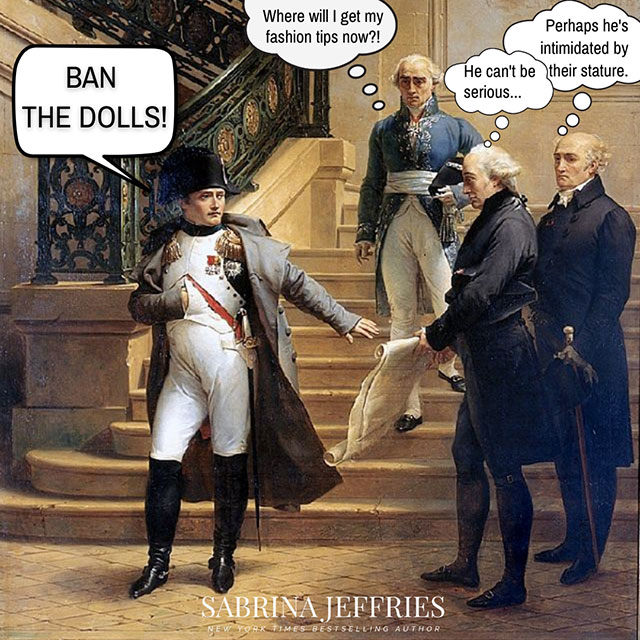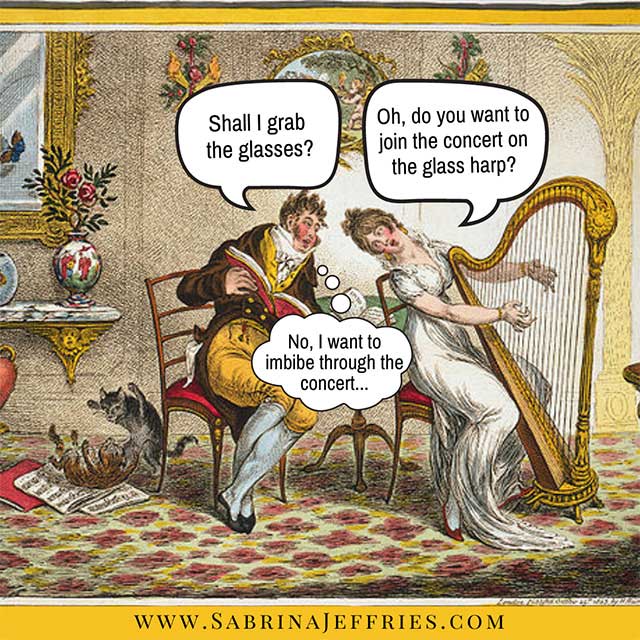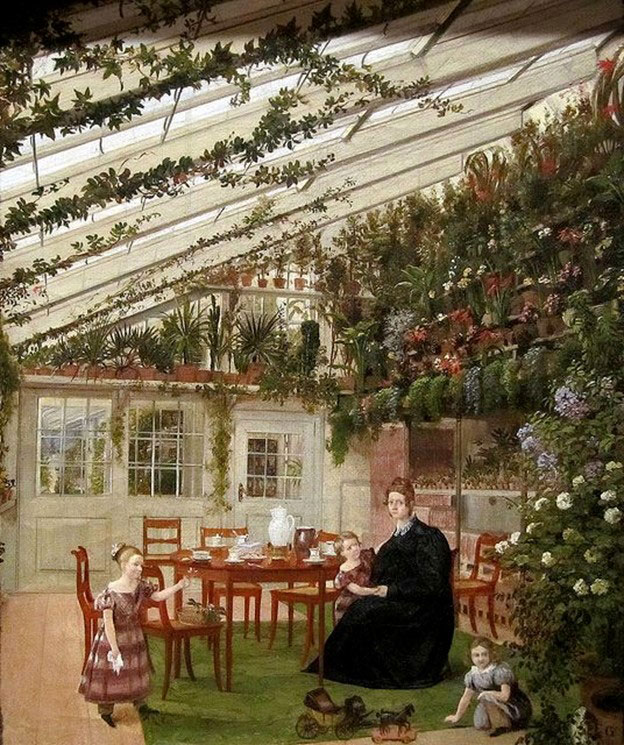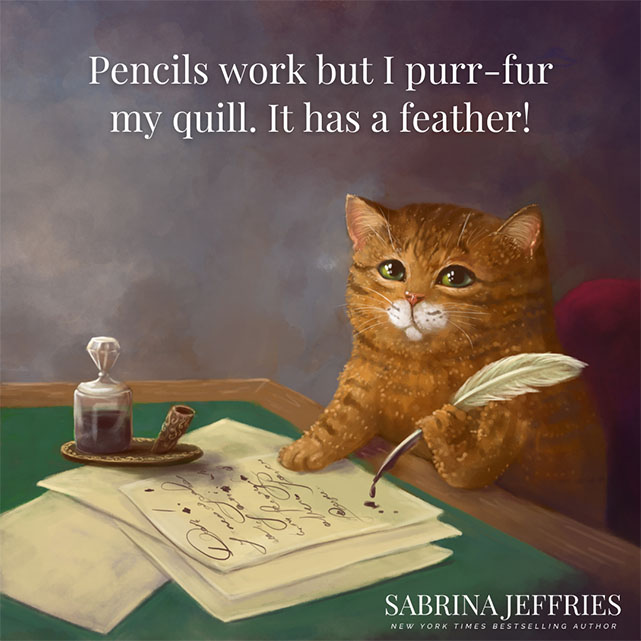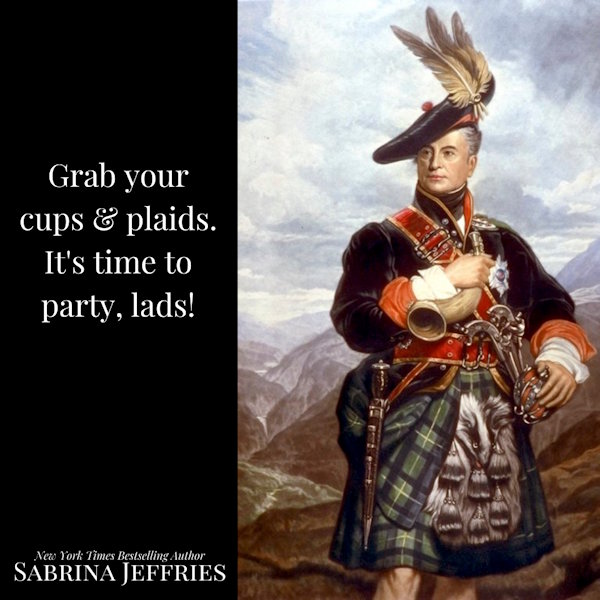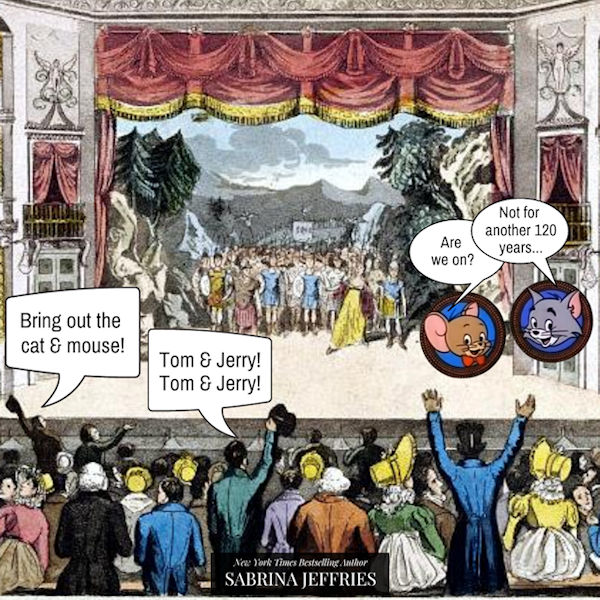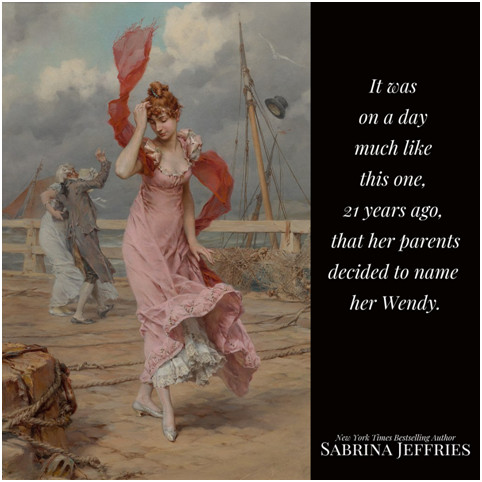All Sizes
Lady Diana Harper, the heroine in my new Designing Debutantes series, is statuesque (which I always wanted to be, but I’m too short). In her case, it means she’s not only tall but shapely. We have many misconceptions about history, but one of the biggest ones is that people were, as a general rule, thinner than we are. As Loretta Chase pointed out in a talk at a writer’s conference, we look at period garments and think, “Oh, how thin they were. Look at how small their waists were.” We extrapolate from that to assume that all Regency women were that small. What we don’t consider is that the gowns most often kept by women were their debut or wedding gowns, which come from periods in our lives when we’re at our smallest. Their everyday gowns were repurposed to make them more fashionable or handed down to the servants, who handed them down to the rag and bone shops. So we don’t get as many examples of the typical gowns of a matron. But all you have to do is look at a few satirical prints from the period to see plenty of women of all sizes, with big bottoms or thick waists or small breasts. (Check out this famous one by Thomas Rowlandson.) People are people, regardless of the historical period.


